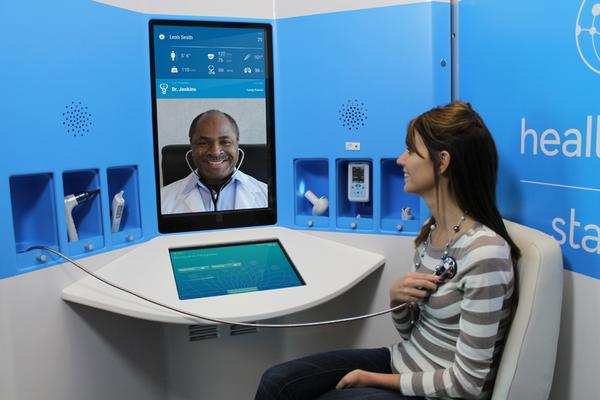In the last few years, telemedicine has become one of the leading service delivery models in healthcare. It has created new opportunities for doctors to reach patients around the world. It has the potential to greatly improve the standard of care around the world. Telemedicine is changing the way hospitals, clinics and private practices impact those who need them most.
While the word “telemedicine” may compel some users into believing that it is just a buzzword or an array of cold and impersonal automation devices as seen in the popular dystopian Netflix series Black Mirror, the truth, on the contrary, is rather different. Telemedicine is the use of telecommunication and information technologies in order to provide clinical healthcare over long distances. It helps eliminate geographical barriers and can improve access to healthcare services that would not usually be available in distant rural communities.
Understanding Telemedicine
Telemedicine is the evaluation, diagnosis and treatment of patients via technology. Using video connection, examination cameras and telephone conferencing, doctors are able to serve patients around the world. This new-age technology allows doctors to examine patients as reliably as they would face-to-face.
Originally designed to assist patients in remote locations where access healthcare is limited, telemedicine creates new opportunities for people who may not be able to travel long distances due financial or physical health constraints. While serving patients in remote areas is still a major focus of telemedicine today, the benefits of this platform extend much further, both patients and doctors. In many ways, telemedicine is a new take on the conventional concept of Doctors Without Borders.
How does Telemedicine benefit the patients and doctors?

The use of telemedicine drastically improves the efficiency of healthcare for all stakeholder, including patients and healthcare professionals. Telemedicine is the most time effective type of service delivery simply because patients do not have to take the time to travel to a hospital or clinic. Instead, patients are able to interact with their doctor in the comfort of their homes, without having to go through the unnecessary hassle of getting to and from the appointment. For those with conditions that make it difficult or impossible to travel without special accommodations, telemedicine is giving these patients the peace of mind and the treatment they deserve. In a nutshell, Telemedicine saves both time and money for the patients and the doctors.
Because patients can be seen when and where is most convenient for them, doctors receive fewer cancellations and rescheduling requests. Not only does this improve the efficiency of the office, but it opens up time for doctors to see more patients. By keeping a schedule without last-minute cancellations, doctors are able to stay on track to see the maximum number of appointments possible.
There is nothing more comfortable than being in a place that you feel safe and secure. As much as healthcare organizations can attempt to make their practices feel relaxing and serene, most the time patients end up feeling uneasy. Telemedicine allows patients to receive the care that they need wherever is most pleasant for them. There is also an increased level of privacy using telemedicine, as patients can choose where they would like to be seen. Especially in hospitals and practices where patients are seen in close quarters, having a sense of privacy is a major benefit to telemedicine.
Telemedicine – Creating new opportunities
Telemedicine can be used for a variety of patients with a range of needs. Some common applications of telemedicine include:
- Patients with chronic diseases need to be seen by a doctor regularly. The management of chronic diseases is made simple, as patients can easily connect with their doctor without the hassle of a conventional appointment.
- Telemedicine allows patients to connect with doctors to discuss and plan preventative strategies for conditions like smoking, weight loss, diabetes and more.
- Instead of having to come back for an additional follow-up visit, patients are more likely to check in with their doctor.
- For those in need of assisted living and frequent check-ups, doctors can be on call in case of an emergency at a moment’s notice.
Telemedicine is changing healthcare for the better, increasing the quality of care for patients across the globe. While some of this seems like science fiction to the disbelievers, most of this is already available. With telemedicine receiving support from governments, medical professionals, healthcare providers, and hospices worldwide, this is a technology trend that is here to stay and flourish.
(Content and Image courtesy: www.vdo360.com)
